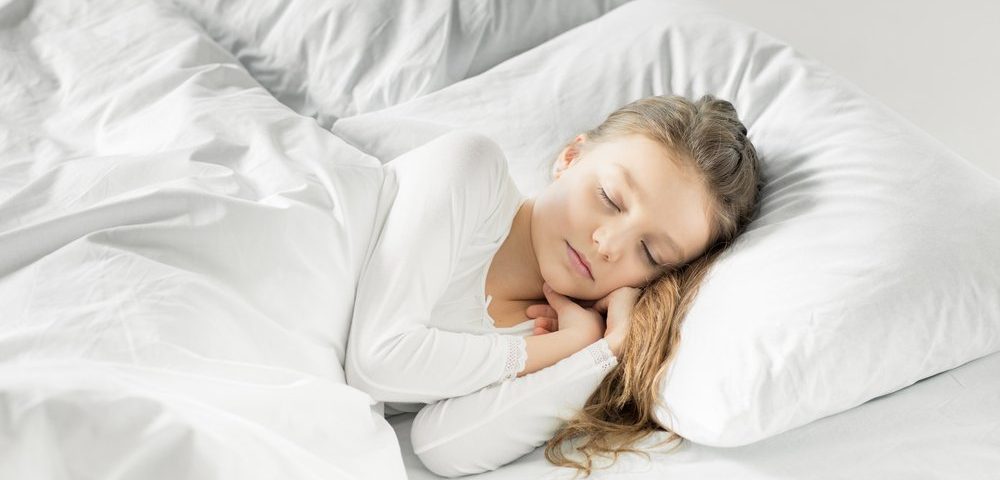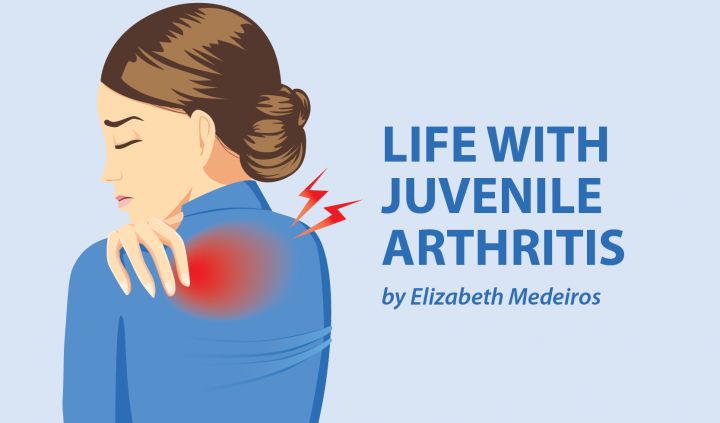It can be hard to sleep when something is disturbing you. Room temperature, too much light, and sound are all simple things that can make it difficult to sleep. So, it’s no wonder that many people with chronic pain and fatigue suffer from insomnia, affectionately known as “painsomnia.” Kids with juvenile arthritis may find that pain keeps them up at night.
Unfortunately, there’s no cure for insomnia caused by pain. But there are ways to help manage it without having to turn to sleep medicine. Simple things can go a long way to help kids with JA get a good night’s sleep.
Keep a routine
My mum always said children benefit from being kept on a routine. For kids with JA, a consistent bedtime routine can help a lot. Going to bed and waking up at the same time help your child develop a natural sleep cycle. A warm shower, dim lights, and a cuddle can help calm your child, may dull the pain, and will let their body know it’s time to sleep.
Warm up
Many kids with JA benefit from heat therapy, which can be soothing and relieve pain. Warming up their bed with a hot water bottle 10 minutes before bedtime can do wonders for joints (make sure they do not sleep with it). The warmth may help them from becoming too stiff and tempted to get up to stretch. Heated blankets on a timer can also help when it’s time to get up in the morning.
Use weighted or heavy blankets
Weighted blankets are getting a lot of attention lately and for good reason. These comforting blankets help many people get a better night’s sleep by providing gentle pressure that helps reduce anxiety and prepare the body to sleep. Some people in the chronic pain community swear by weighted blankets. In my experience, even using a heavy blanket can be helpful.
While it’s not a good option for all, especially those who have joints that are aggravated by touch, some kids may benefit from weighted blankets in a few ways. First, the calming effect helps them relax and feel tired. And second, the pressure can also feel good on tired joints, similar to how compression socks or gloves may relieve pain. I personally get much better sleep when using heavy (not weighted) blankets. And third, they may not experience as much fatigue during the day due to a more peaceful sleep. If you think a weighted blanket may be a good option for your child, talk to their rheumatologist or physical therapist.
Gear up
I swear by compression gloves and socks. Juvenile psoriatic arthritis always caused me a lot of enthesis pain, especially at night. Wearing compression garments helped me cope with the pain, calmed me, and helped swelling stay under control while I slept.
If your child benefits from braces, compression, or other gear during the day, ask their doctor whether it would be OK to use at night. Sleeping in something that helps control the pain will naturally make nighttime easier. If it’s not possible, try to find alternatives. For example, a hard brace worn during the day could be swapped for a sleeve at night.
Distraction therapy
Since I was a teenager, I need to listen to boring podcasts or videos to fall asleep during flares. Thinking about the story or topic helps to take my mind off of the pain, and helps me relax. Distraction therapy goes a long way: Listening to an audiobook (preferably not an exciting one), gentle music, or a podcast is an excellent way to help take your mind off the pain as you fall asleep.
Sleepless nights happen
Sometimes you’ll do everything possible but your child still won’t fall asleep. It’s natural and OK. Sometimes fatigue can make you feel a little overtired and make it hard to sleep. Or it hurts too much to fall asleep. Whatever the reason, sleepless nights happen. Try to be patient. It takes a lot of trial and error to find things that work, and what works may depend on whether or not your child is flaring. But focusing on a calming routine and certain tools can make a difference for kids with JA.
***
Note: Juvenile Arthritis News is strictly a news and information website about the disease. It does not provide medical advice, diagnosis, or treatment. This content is not intended to be a substitute for professional medical advice, diagnosis, or treatment. Always seek the advice of your physician or other qualified health provider with any questions you may have regarding a medical condition. Never disregard professional medical advice or delay in seeking it because of something you have read on this website. The opinions expressed in this column are not those of Juvenile Arthritis News, or its parent company, BioNews Services, and are intended to spark discussion about issues pertaining to juvenile arthritis.


